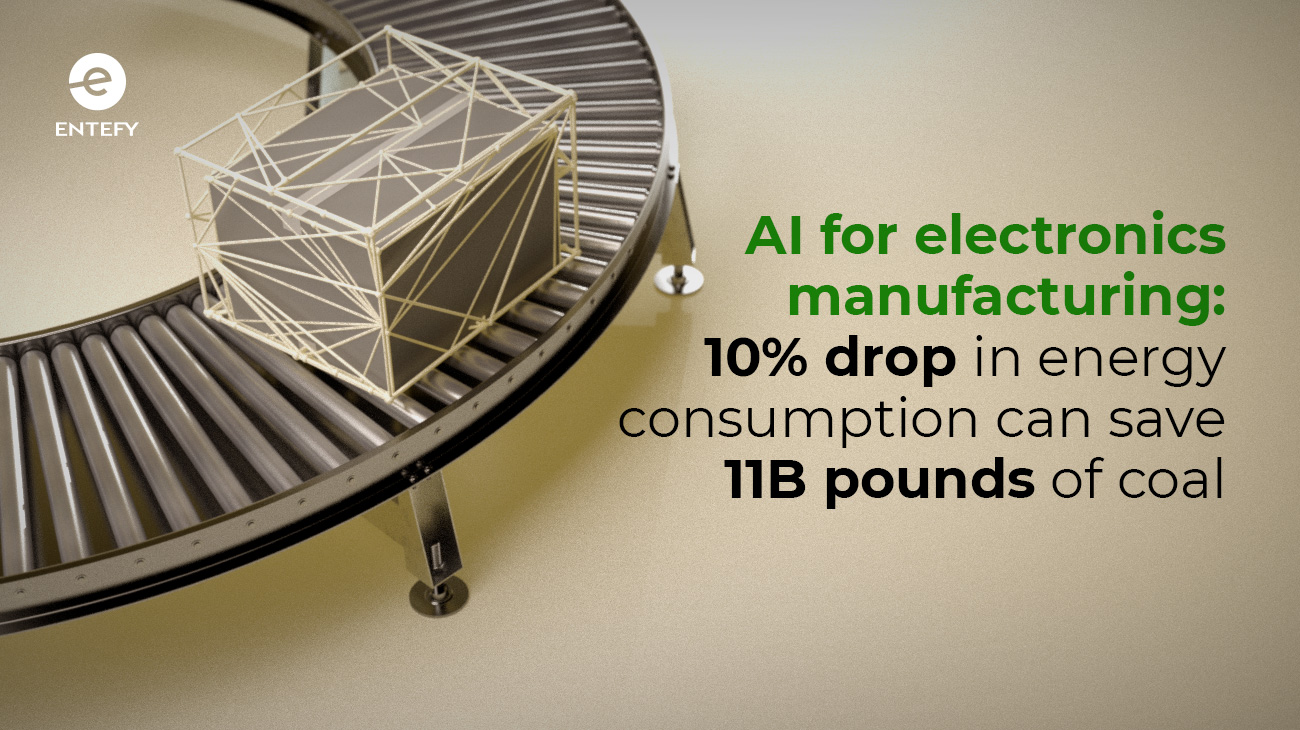Artificial intelligence is making its mark transforming industries, remaking jobs and job markets, and redefining the dynamics of cybersecurity. One thing that doesn’t come up often when we talk about AI is the environment. But it should. Because AI technologies like machine learning have great promise to make manufacturing processes and supply chains more efficient.
Data shows that 70% to 80% of the carbon footprint of a personal computing device like a laptop or smartphone is generated during its manufacturing. To put that in perspective, 17 of the world’s largest consumer electronics companies produce greenhouse gas emissions of around 103 million metric tons of CO2E per year. That’s on par with the total greenhouse gas emissions of a country like Chile.
AI to the rescue. McKinsey projects that the use of machine learning in semiconductor manufacturing can lead to a 30% improvement in efficiency. Not all of that AI-driven efficiency leads directly to reduced energy consumption. But even small improvements can have a big impact. For those 17 electronics companies, every 10% reduction in energy use during manufacturing would save the equivalent of 1.1 billion gallons of gasoline, or 11.2 billion pounds of coal burned, or the equivalent of 1.5 million U.S. homes’ annual electricity use. AI that’s good for the Earth, and good for the bottom line.
Entefy’s enFacts are illuminating nuggets of information about the intersection of communications, artificial intelligence, security and cyber privacy, and the Internet of Things. Have an idea for an enFact? We would love to hear from you.
